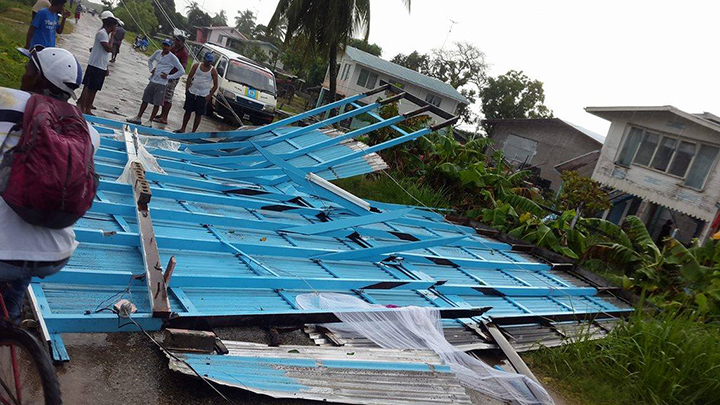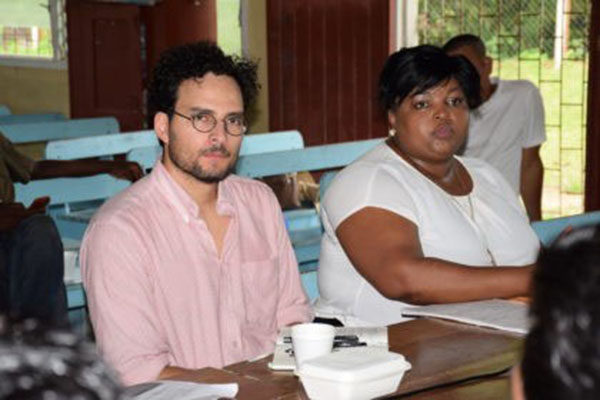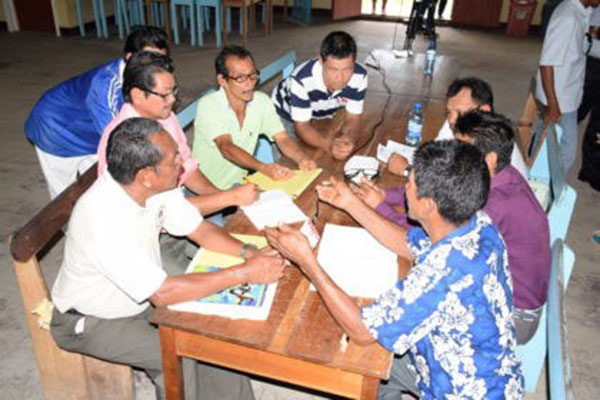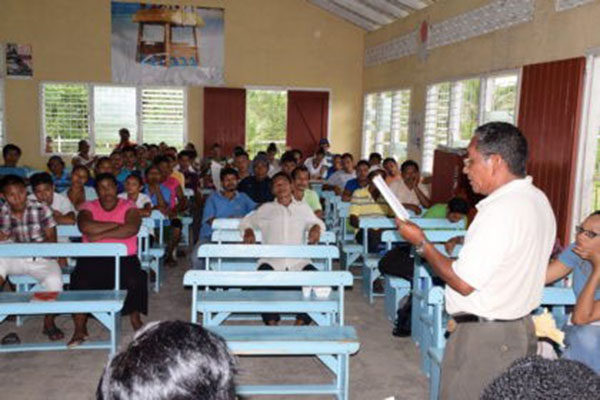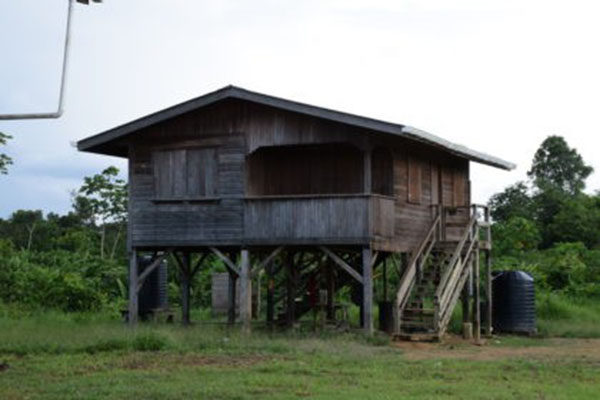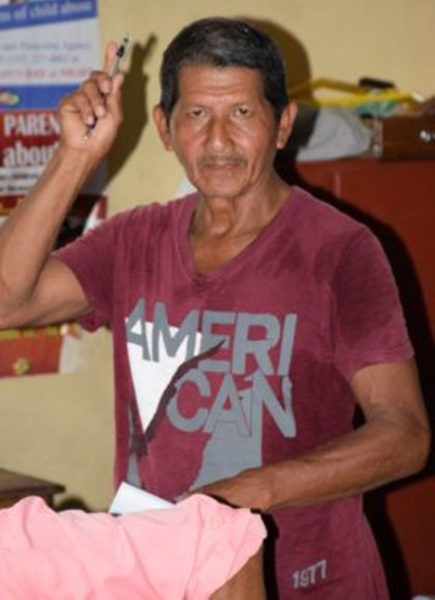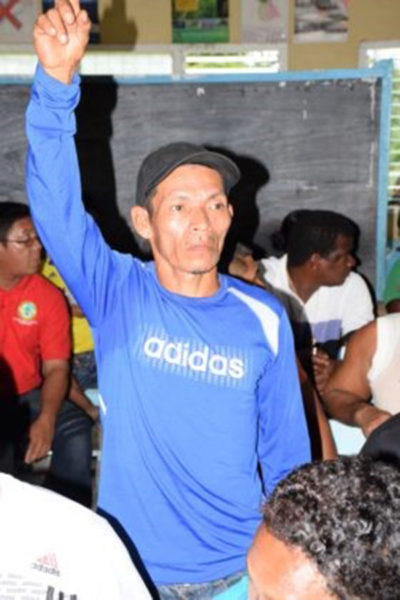The first fifteen families to benefit from improved housing under a US$3.1M project will be from the community of Sebai, in the Matarkai Sub-District of Region One (Barima/Waini).
GINA on Saturday said that five of the 15 selected will benefit from full house construction and the remainder from roof replacement.
The houses will carry a rainwater harvesting system and the construction of improved pit toilets is also catered for. The houses are to be completed before the end of 2016.
GINA said that Krishna James, Edward Ferreira, Patrick Atkinson, Phillip Atkinson and Delon Benjamin, were selected to benefit from the construction of full houses under the Inter-American Development Bank-funded Hinterland Housing Project.
Jennifer Bennett and Godfrey Beharry, Jim Campbell, Leo Sandy and Diane Williams, Mark Williams, Midget Campbell, Stanley and Brenda Smythe, Vernan and Ursulla Rodrigues, Veronica George, Wilfred James and Devon James were selected for roof replacement, GINA said.
According to GINA, the first batch of beneficiaries were chosen following a visit to the village on Friday by Minister within the Ministry of Communities, Dawn Hastings-Williams, and representatives of the Central Housing and Planning Authority (CH&PA), including Senior Community Development Officer, Donna Bess-Bascom, representatives of the Inter-American Development Bank (IDB), including Housing and Urban Development Specialist, Patricio Zambrano-Barragán, and Region One Chairman, Brenthnol Ashley.
The Minister and officials first concluded meetings with the Village Council where they presented a shortlist of names. The list had been compiled by the CH&PA, from 65 applications submitted from the village to be a part of the project.
Modifications were made by the village council based on its knowledge of the applicants and their critical need for housing. Some of the applicants were shortlisted for next year and some were moved from the full houses to the roof replacement categories and vice versa. GINA said that the modified list was presented to the residents, in a later meeting, where it was given the nod of approval. As per the Amerindian Act, more than two-thirds of the meeting’s attendees agreed on the decision taken by the council.
Following the decision, Minister Hastings-Williams applauded the council and village for their maturity in the selection process and added: “I personally as Minister do not believe in bringing hand-outs to an indigenous community…You come here and you give a little chain saw…but when you give projects where the village must be involved, then there is buy-in and ownership, and that is different.”
CH&PA’s Bess-Bascom said that the agency started engaging Sebai, just over a year ago. This process, which started during a design workshop in Whitewater, saw CH&PA officials visiting the community approximately three times, to restate the project, and later to inspect the homes and interview persons, that the council recommended, for consideration for participation in the project.
Bess-Bascom said that those persons shortlisted to be among the first beneficiaries for the project are those who scored high on the CH&PA assessment.
“…we basically walked through all of the community, looked at all the houses recommended, and we would have also included houses that might not have been on the list of the council, but we considered, based on the conditions that we see as being one of the houses that can be considered for the project,” Bess-Bascom said.
Bess-Bascom said that in houses where there were several families, a new house will be constructed, but in the name of the youngest family, that resides in the house.
Bess-Bascom also said that Sebai will be the only community to benefit from the project in 2016, as the CH&PA will be looking at the assessment and beneficiaries’ selection for all the communities under this project before finalising the list for each.
Bess-Bascom said that the CH&PA will this week again visit the community to meet with the council, 2016 beneficiaries, the builders, and the clerk of works. The latter is to be identified by the village.
As per the project design, the CH&PA will two provide two persons for the houses’ construction and roof construction and the beneficiaries are expected to provide three. Women are not excluded from being labourers, Bess-Bascom said, according to GINA.
Through this project, GINA said that the government aims to build on the success of an earlier project that was initiated in 2009 and wrapped up in 2015.
Under this project, 12 communities in Regions One and Nine are expected to benefit, with a total of 306 full houses being constructed and 122 roofs being replaced.
In addition to Sebai, the communities chosen to benefit under the project include Whitewater in Region One and Katoka, Kwatamang and Massara in Region Nine.
Under the first hinterland project, GINA said that 122 houses were constructed and 86 roofs were replaced. The communities that benefitted include Oronoque and Manawarin in Region One, and Apoteri and Annai in Region Nine.
